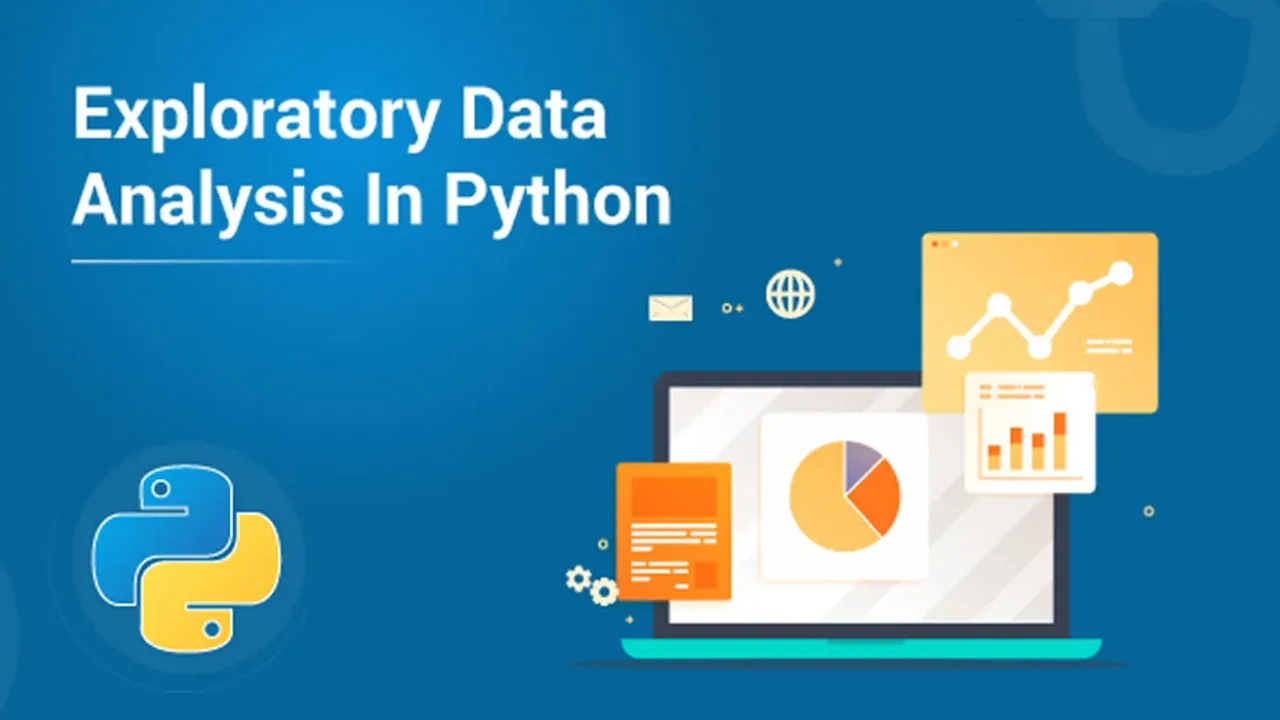Exploratory Data Analysis (EDA) is a very common and important practice followed by all data scientists. It is the process of looking at tables and tables of data from different angles in order to understand it fully. Gaining a good understanding of data helps us to clean and summarize it, which then brings out the insights and trends which were otherwise unclear.
EDA has no hard-core set of rules which are to be followed like in ‘data analysis’, for example. People who are new to the field always tend to confuse between the two terms, which are mostly similar but different in their purpose. Unlike EDA, data analysis is more inclined towards the implementation of probabilities and statistical methods to reveal facts and relationships among different variants.
Coming back, there is no right or wrong way to perform EDA. It varies from person to person however, there are some major guidelines commonly followed which are listed below.
- Handling missing values: Null values can be seen when all the data may not have been available or recorded during collection.
- Removing duplicate data: It is important to prevent any overfitting or bias created during training the machine learning algorithm using repeated data records
- Handling outliers: Outliers are records that drastically differ from the rest of the data and don’t follow the trend. It can arise due to certain exceptions or inaccuracy during data collection
- Scaling and normalizing: This is only done for numerical data variables. Most of the time the variables greatly differ in their range and scale which makes it difficult to compare them and find correlations.
- Univariate and Bivariate analysis: Univariate analysis is usually done by seeing how one variable is affecting the target variable. Bivariate analysis is carried out between any 2 variables, it can either be numerical or categorical or both.
We will look at how some of these are implemented using a very famous ‘Home Credit Default Risk’ dataset available on Kaggle here. The data contains information about the loan applicant at the time of applying for the loan. It contains two types of scenarios:
- The client with payment difficulties: he/she had late payment more than X days
on at least one of the first Y instalments of the loan in our sample,
- All other cases: All other cases when the payment is paid on time.
We’ll be only working on the application data files for the sake of this article.
#data science #data analysis #data analysis in python #exploratory data analysis in python
